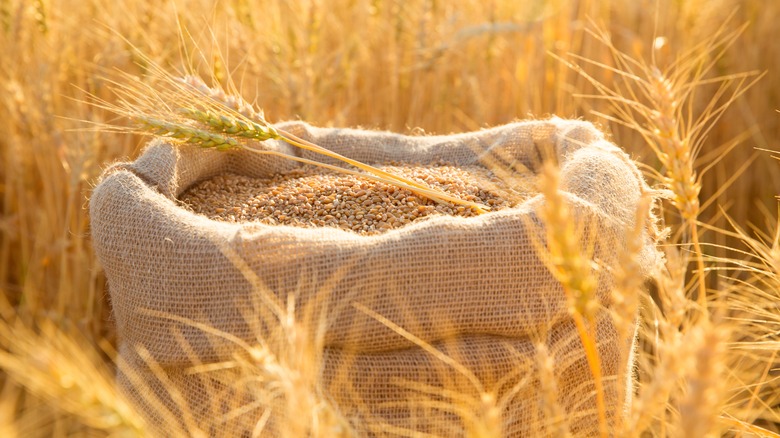New Data From The UN Shows Food Prices Are Slowly Getting Better
The Food and Agriculture Organization of the United Nations (FAO) released its updated Food Price Index for the month of June. Its data shows that food prices have started to drop slightly, but they still remain close to their all-time highs.
The current food price crisis has been growing progressively over the last two years, according to the U.S. Global Leadership Coalition. The global market was severely disrupted when many businesses were shut down for a period of time at the beginning of the pandemic (via New York Times). Most bars and restaurants in the United States closed their doors for at least a short period of time; Food manufacturers were forced into limited production due to layoffs and health concerns, and supply chain disruptions became a common occurrence. Once up and running again, many businesses were then unable to recover due to the labor shortage, which Spectrum News reported was still affecting restaurants as of December last year. Finally, Russia invaded Ukraine in February, as reported by USA Today, which plunged the world into a full-on crisis. The two countries are among the world's top wheat producers, with Ukrain also holding an impressive share of the sunflower oil market.
With wheat prices finally starting to sink, per the Wall Street Journal, it seems that some relief from the currently extravagant food prices is coming, but it could be hard to say when.
Grain and oil prices sinking
According to the FAO's June Food Price Index, the overall cost of food globally averaged 154.2 points for the month, a 3.7 point drop from the preceding month. The report says that this reflects the overall drop in prices for many food commodity categories, though prices remain high in two categories: meat and dairy. Even with this overall drop, the Food Price Index remains 29 points higher than at this time in 2021; It's also more than 50 points higher than it was in 2019 or 2020.
According to Reuters, one of the contributing factors to this reduction is likely cereal grain prices. It notes that the UN recently updated its overall cereal grain output prediction for 2022 from 2.784 billion tons to 2.792 billion tons. This may be due to incoming harvests from countries in the northern hemisphere, improved growing conditions, and increased exports of grains from Russia.
One of the indexes that saw the highest drop was the vegetable oil price index, which dropped 7.6% month-to-month. Reuters attributes this reduction to increased production outputs and the possibility of an increased supply coming from Indonesia. So while lower prices may not yet be noticeable at your grocery store, they are slowly improving.

